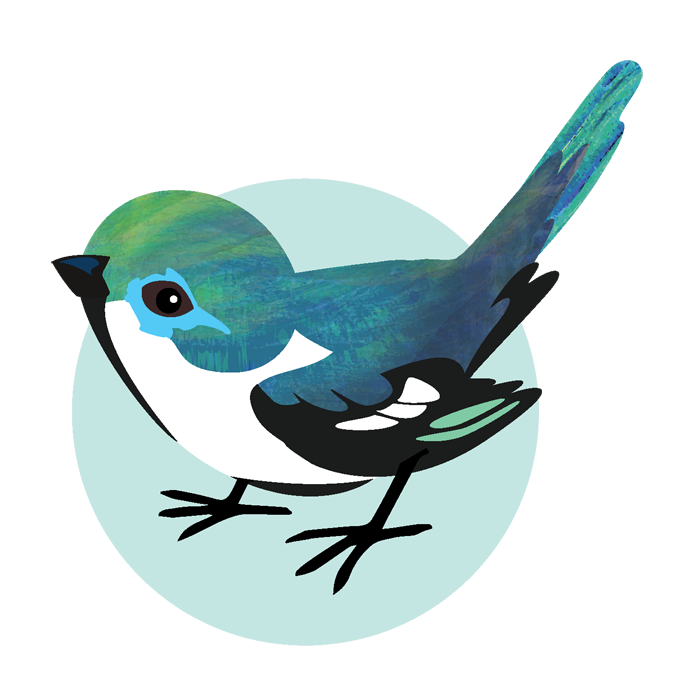In the 1960s, Noam Chomsky, a linguist at the Massachusetts Institute of Technology, observed that different languages across the world have common patterns. Chomsky postulated the Theory of Universal Grammar (UG), which suggests that humans have created languages and grammar rules that conveniently fit with how our brain is organized. McGill PhD student Logan Smith and his supervisor Jon Sakata, an associate professor in the Department of Biology, have found supporting evidence for this theory through studying the zebra finch, as a songbird.
If the UG theory is correct, all existing human languages, regardless of how many there are in total, would be constrained by a limited number of all the possible grammars in existence. UG states that language will always develop with a common set of structural rules and properties that are innate, such as verbs, nouns, and functional words. Sakata’s lab is one of many labs that study songbirds to investigate how humans process speech and music. In an interview with The McGill Tribune, Smith highlighted how songbird vocalizations parallel the structure of grammar rules.
“It turns out that the vocal learning process in birds is quite similar to the process in humans,” Smith said. “Birds start by producing noisy, variable vocalizations akin to human babbling, and through practice hone their vocalizations into a species-typical song. Each individual male zebra finch will learn and produce only one song with a stereotyped sequence. Zebra finches are capable of learning [many] different sequences, and will mimic the [sequence of] their tutor.”
Smith took advantage of the songbirds’ capacity to learn multiple sequences by exposing them to each sequence at random, and observing which sequence they preferred to sing in the end. He found that the patterns produced by natural populations of birds were very similar to those of the laboratory-raised birds.
“We think similar types of processes related to aspects of universal grammar may also occur in other animals,” Smith said. “Our study found that zebra finches are predisposed to learn certain types of sequences over others, which we think could parallel how humans are predisposed to learn certain types of language structures over others. [It also] tells us that biological predispositions in vocal learning can exist in cases where an individual is capable of learning many possible sound sequences.”
Smith’s work also explores the connection between motor processes and speech production. He suggests that differential learning patterns could be attributed to processing in the auditory or motor systems.
“When learning a new language, our speech is modelled after what we’ve heard from a native speaker.” Smith said. “Motor function and auditory processing are important in learning speech.” We can only emulate certain accents, but only at the mercy of our motor flexibilities. Take dogs, for example. They seem to understand some of our verbal commands, but merely bark at us in response instead of speaking our own language. Likewise, we could tell apart the different meanings behind the barks by their intonation but not mimic their barks. “We are [also] interested in exploring whether these learning biases are rooted in biases in motor function or auditory processing (or a combination of both).”
The existence of learning biases could have implications for how humans learn new languages. Although our ability to pick up new vocabulary declines substantially as we age, we may still be able to pick one up quicker than expected if the UG theory holds true. The Sakata lab has shown that language bias exists even in songbirds. Apparently, there may be fewer gaps between different languages than once thought.









